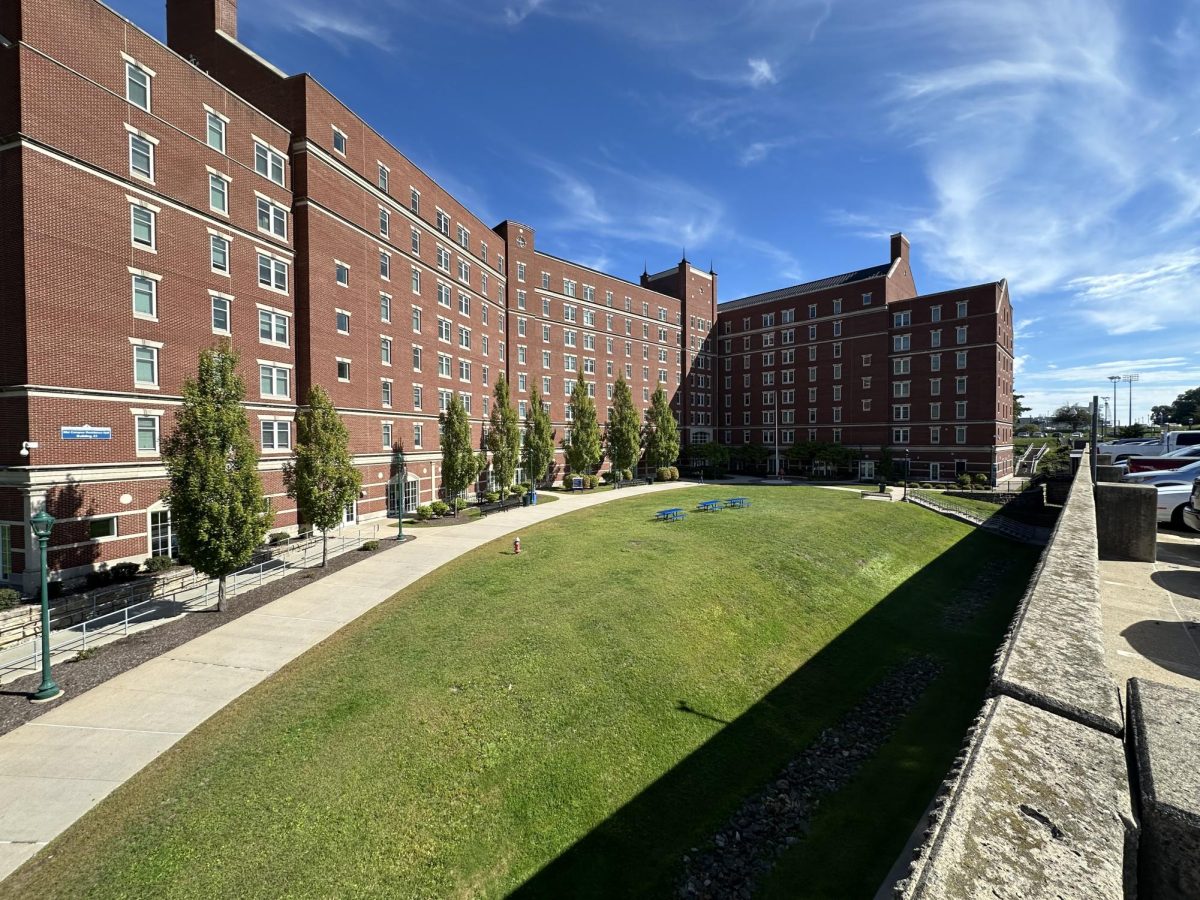By Matt Clyburn
A deal to reorganize the governance of Connecticut’s higher education institutions was reached yesterday after a week of discussions between the Office of Policy and Management and Higher Education Chairperson Roberta B. Willis.
The agreement contains many elements proposed by Governor Dannel Malloy during his budget announcements in February, including the creation of a single Board of Regents overseeing the four Connecticut state universities, twelve community colleges and Charter Oak State College.
The agreement also calls for the creation of an advisory commission reporting to the Board of Regents. The commission would design and implement a strategic plan for the state’s higher education system, including the University of Connecticut.
A press release from Malloy’s office stressed that state universities, community colleges and Charter Oak would remain separate entities with distinct missions. Each of the three groups will have a “lead individual” serving on the Board of Regents, presumably to advocate for policy and governance policies while a member of the body.
“I’m pleased that we were able to tie up loose ends and formalize this proposal on behalf of our state’s students who choose to attend our community colleges, regional universities and Charter Oak,” said Mark Ojakian, deputy secretary of the Office of Policy and Management in a statement. “In the end, it’s the students who win. By flattening our administrations costs and overhead, we can direct more money to our student and classroom instruction.”
“This proposal will help make these schools more functional to those who attend them,” Ojakian said.
Vice President for Student Affairs Dr. Laura Tordenti spoke to the SGA senate about the agreement at their meeting last week, saying that the plan will be in place by July 1.
“I think that Central will continue to thrive with the reorganization,” Tordenti said.
In the statement from the governor’s office, Rep. Willis of the Higher Education Committee said that she was originally concerned about the individual institutions’ missions.
“They serve a critical and defined need in our communities, one that must be maintained even as we seek efficiencies and savings,” Willis said.
“The commitment to a strategic plan is important,” Willis added. “The Advisory Commission will have an ongoing and permanent role, needed for us to be able to adjust to changing needs in Connecticut and responsive to student needs and workforce development needs in the state that our higher education system can address.”
Back in February, Malloy called for an annual report from the Board of Regents that identifies retention and graduation rates, resource allocation figures, cost-benefit analyses and an “affordability index” tied to Connecticut’s average family household income. The report is expected to include information related to enrollment and completion figures sorted by program of study, credit transferability across institutions and employment outcome data provided by the Department of Labor.
Rep. Willis said that more specifics need to be worked out, but that the plan is based on a need for change and improvement.
“In the end, we can improve student learning, help close the achievement gap, prepare student for 21st century jobs our state will need to move us forward, and make higher education more efficient and effective.
If passed out of the General Assembly, the plan would take effect in tandem with implementation of the state budget for Fiscal Year 2012.
[Updated May 2]


